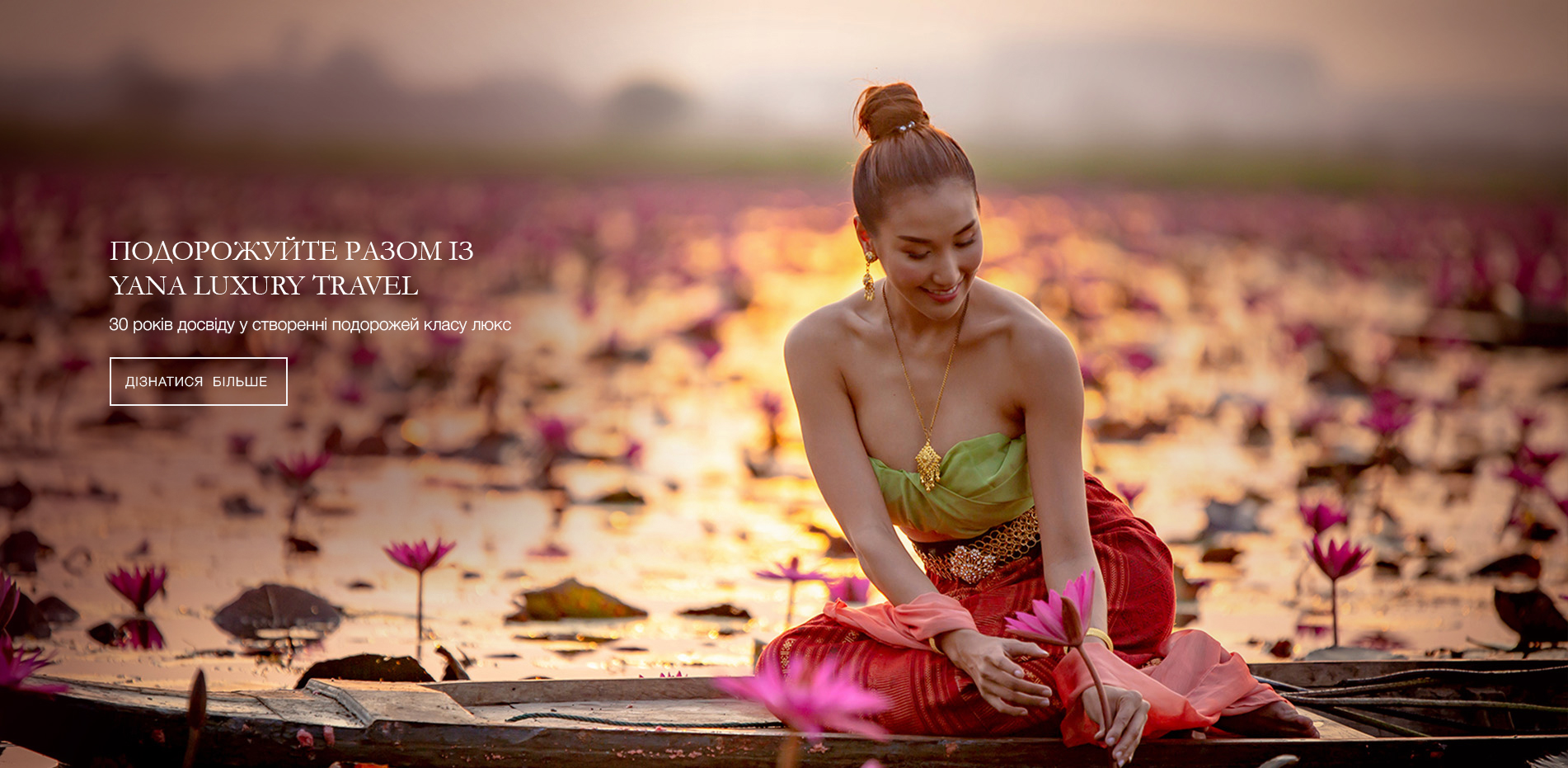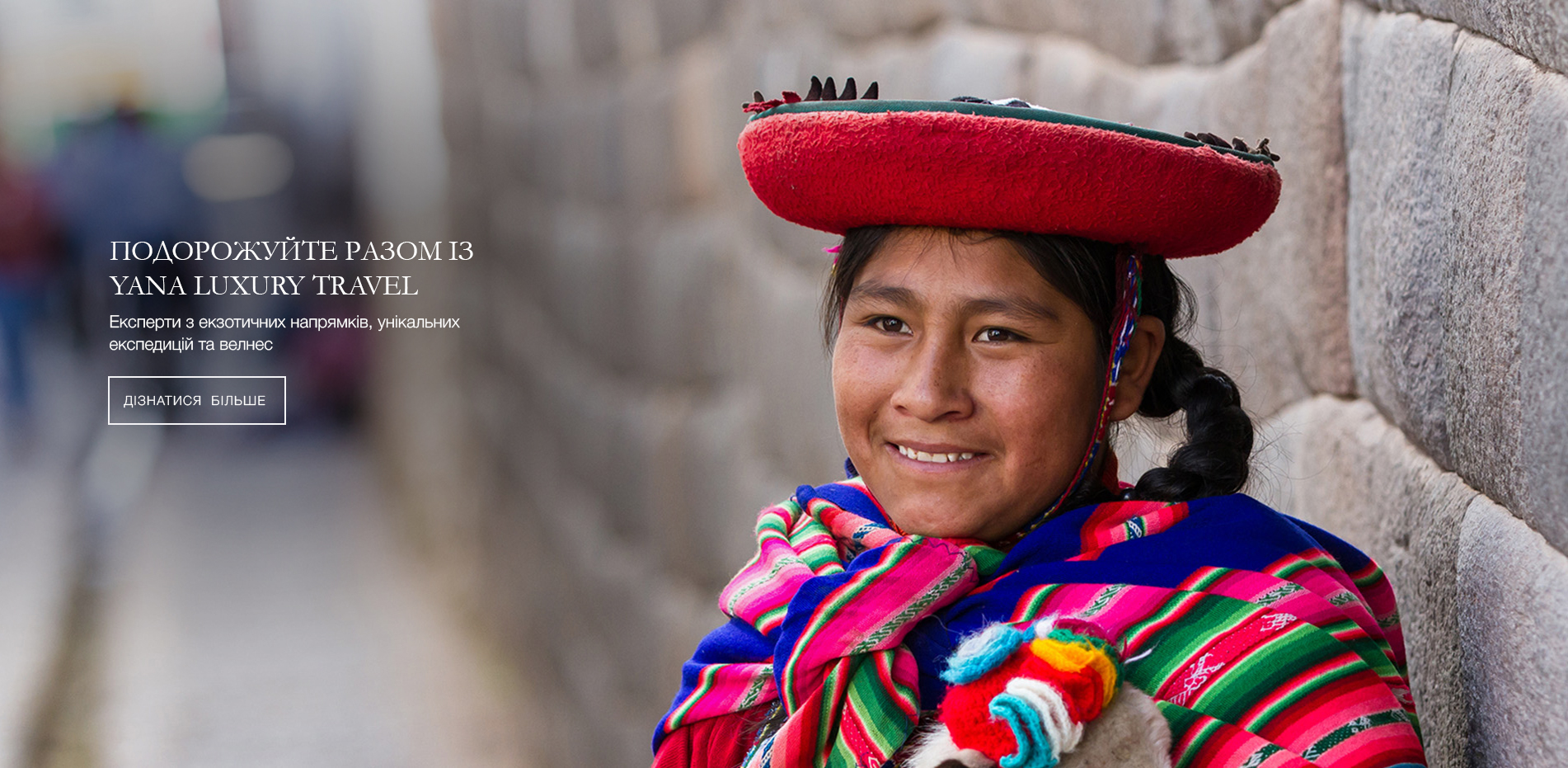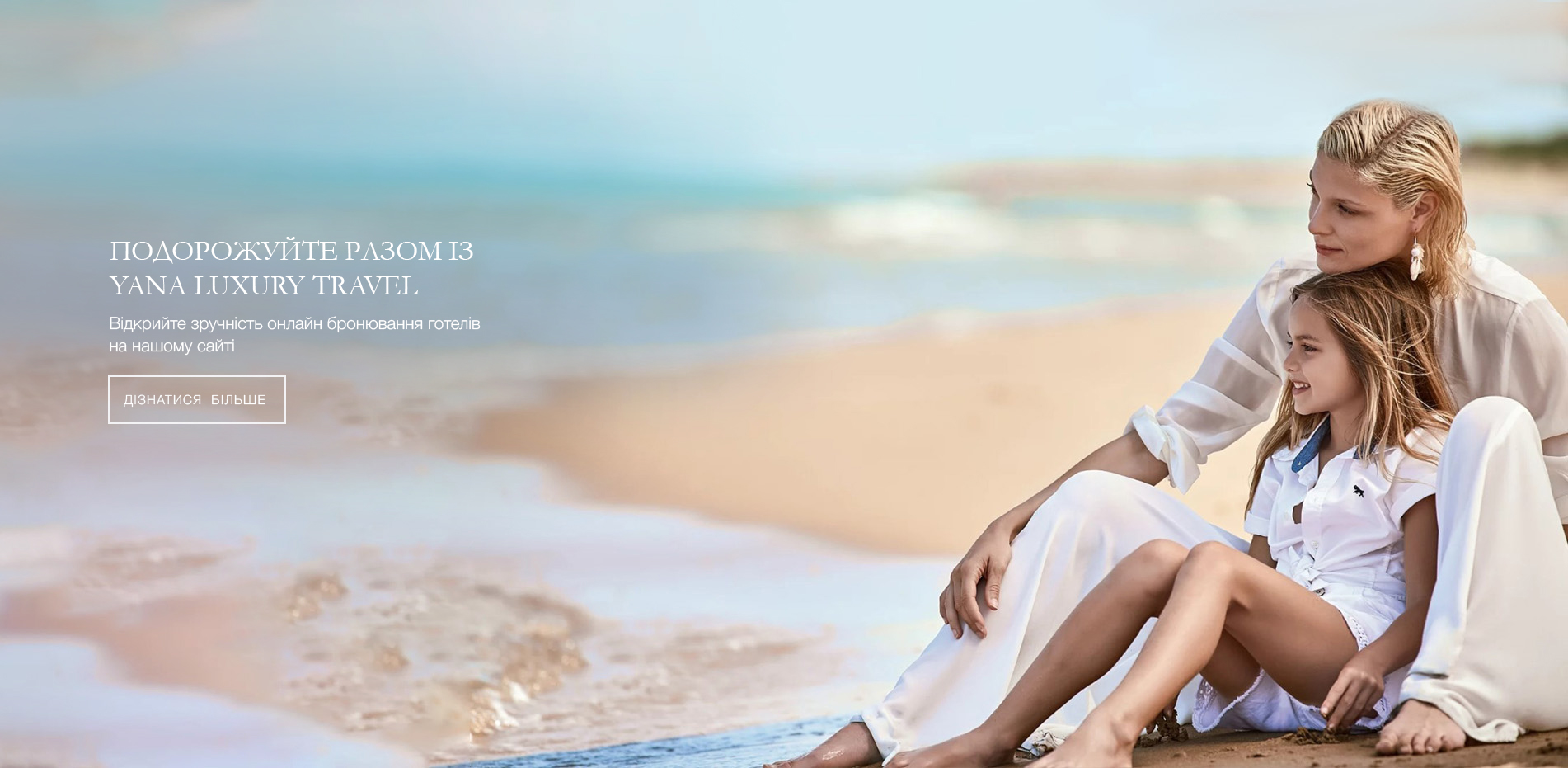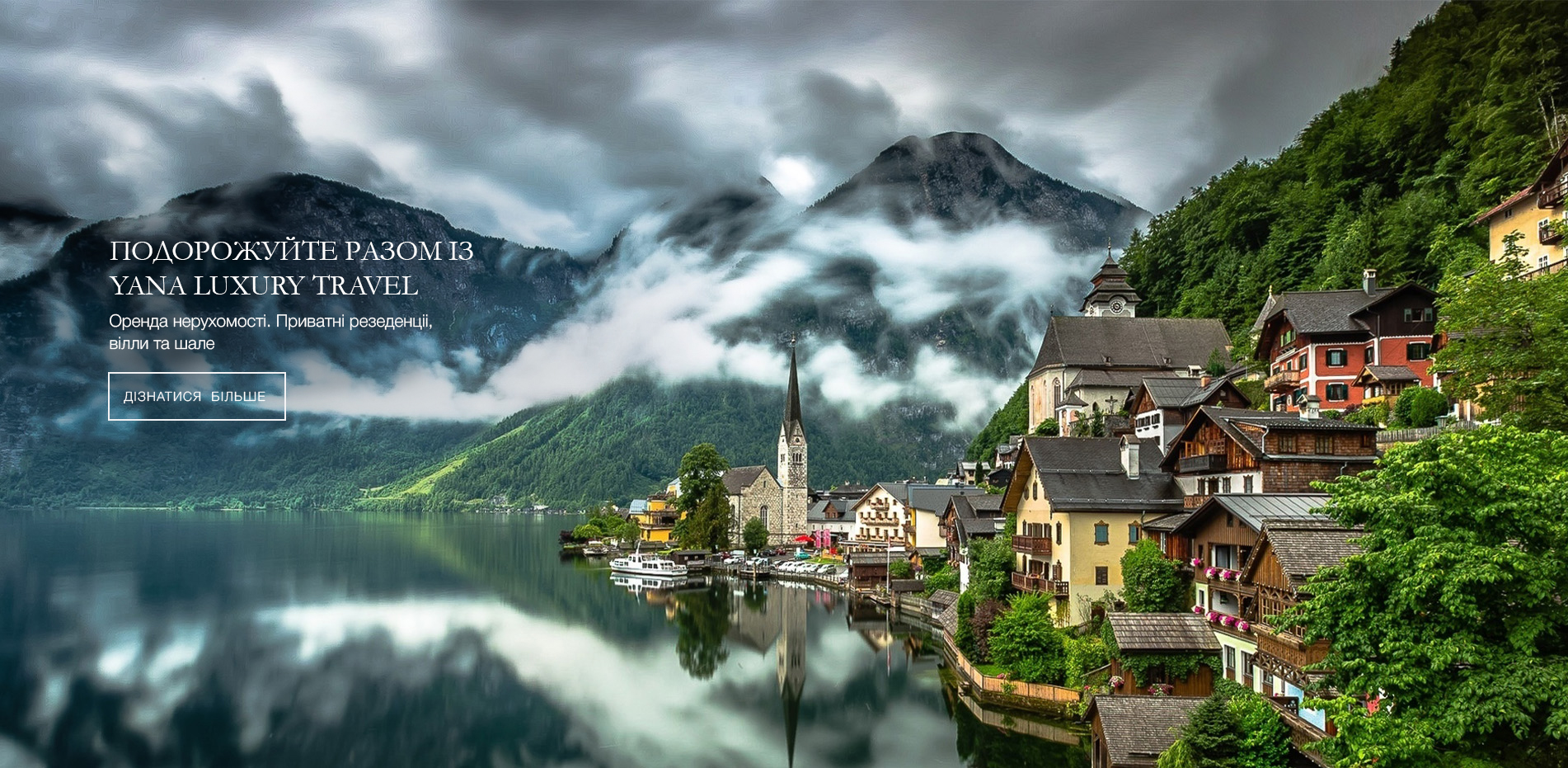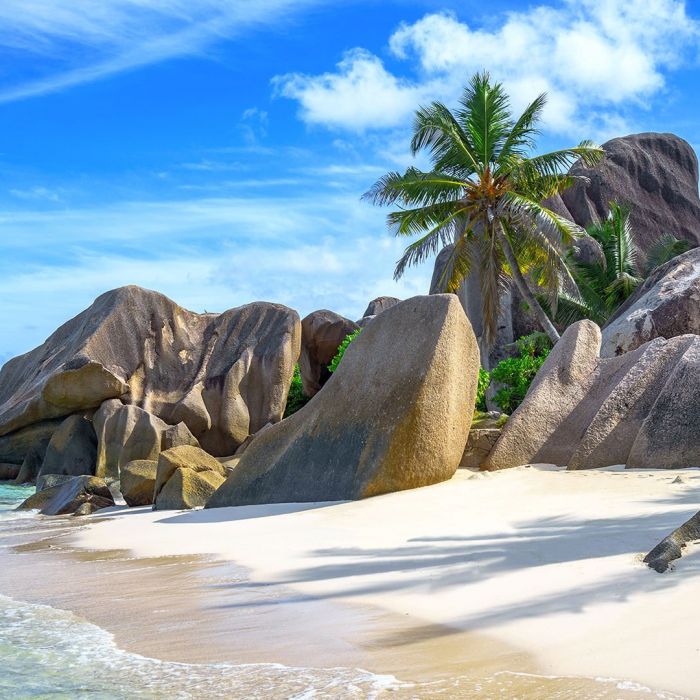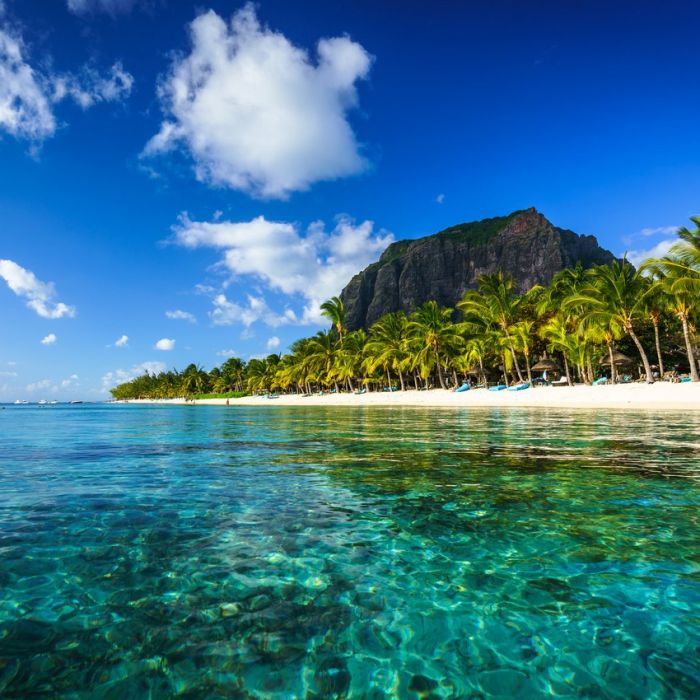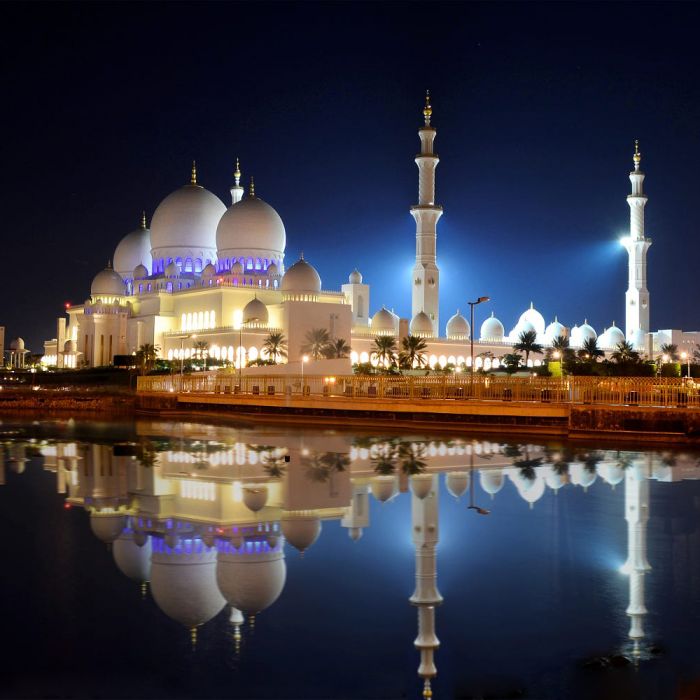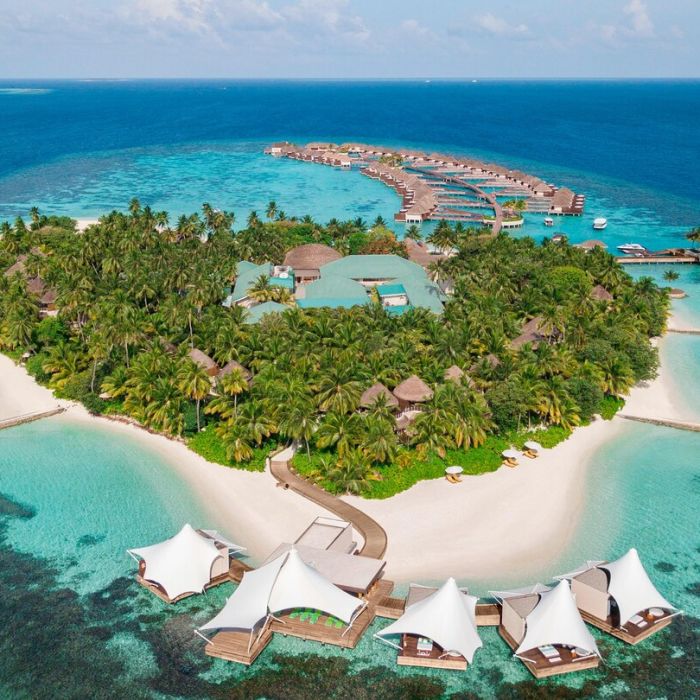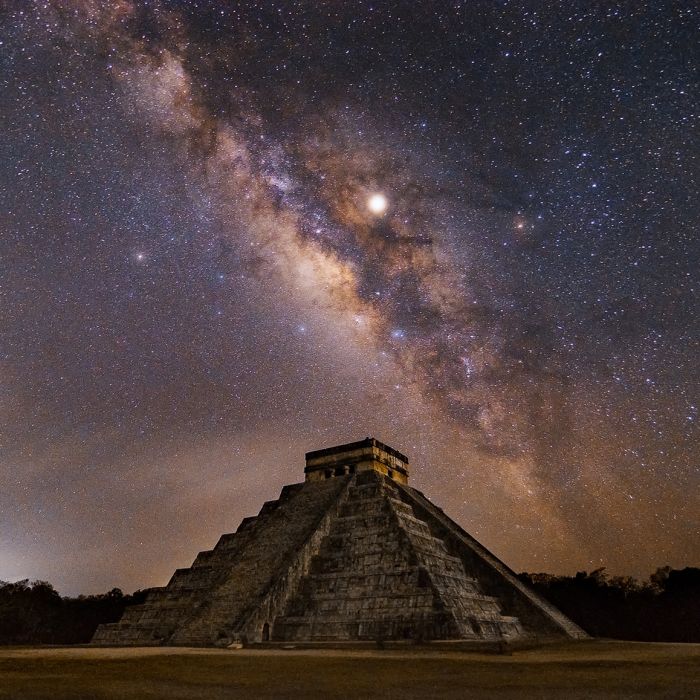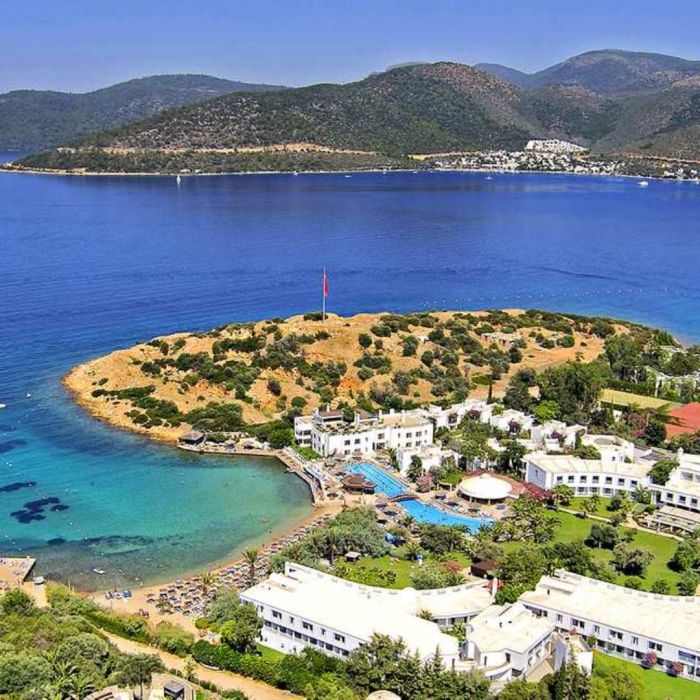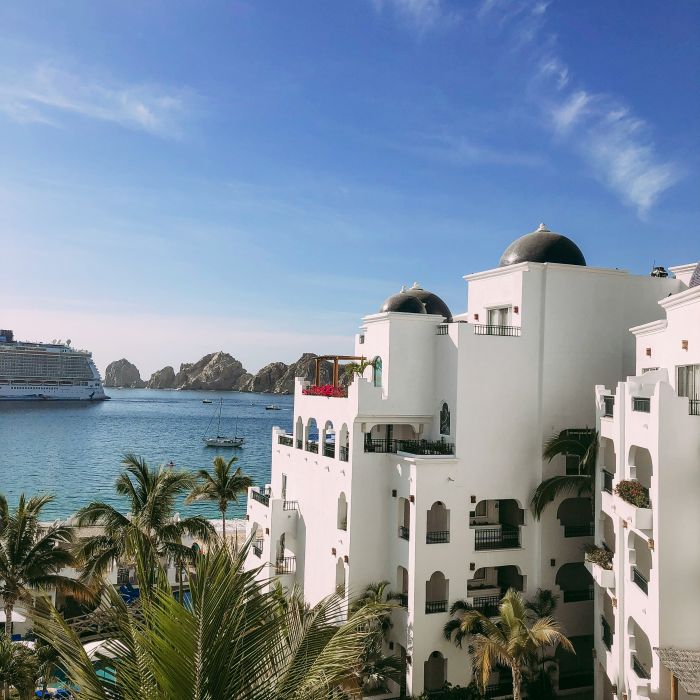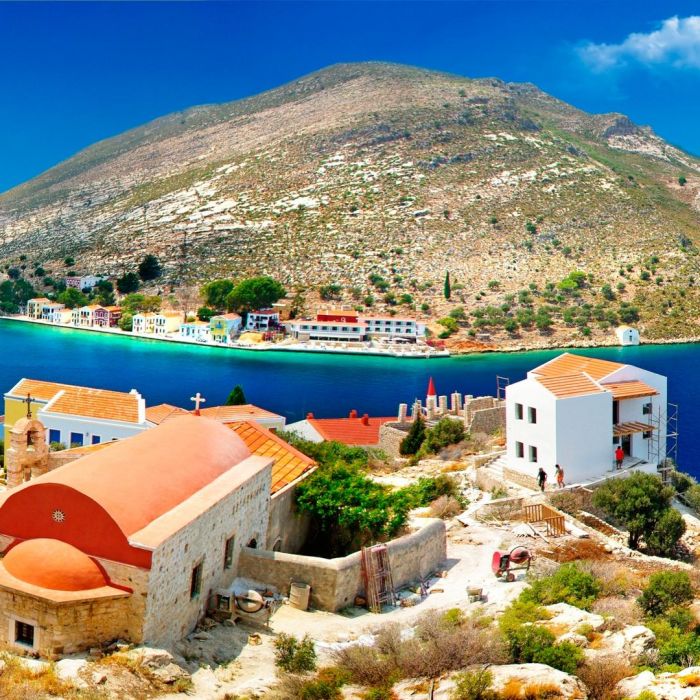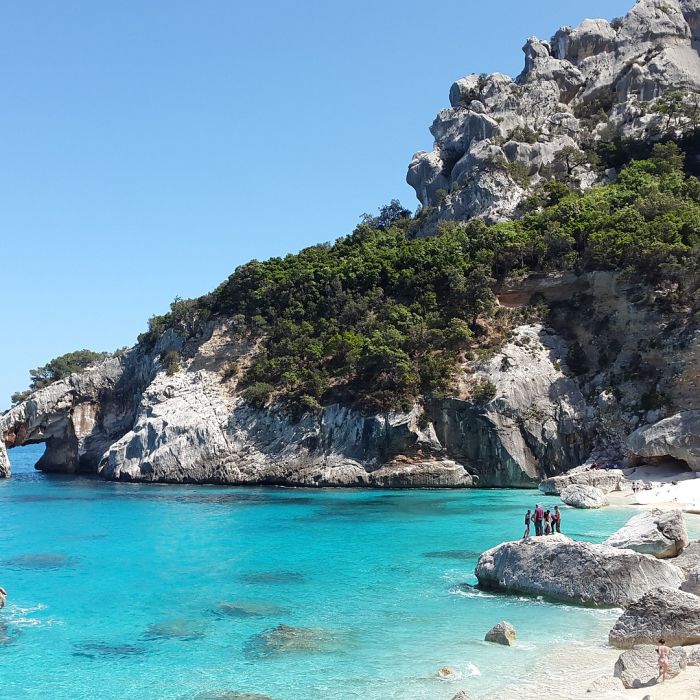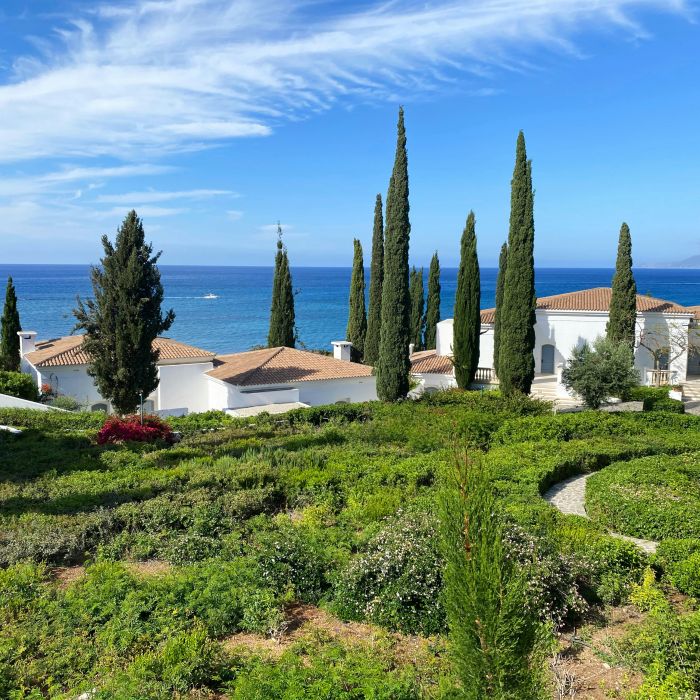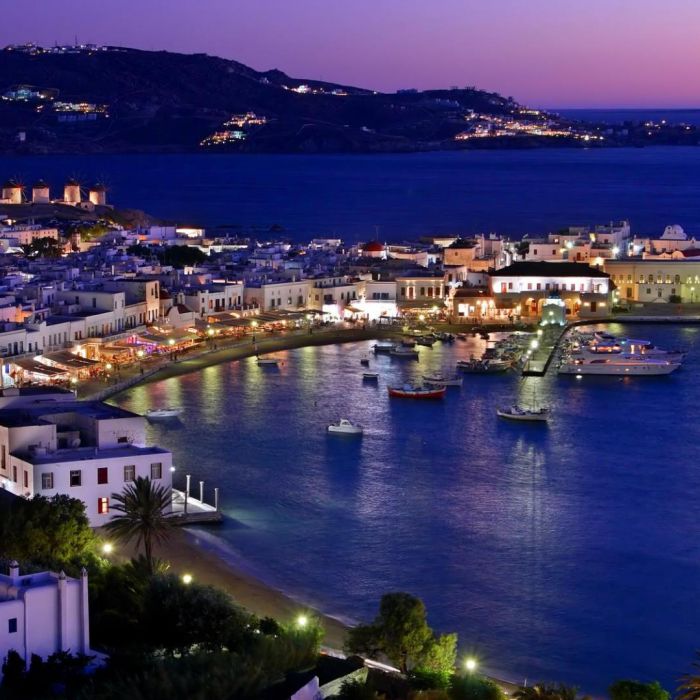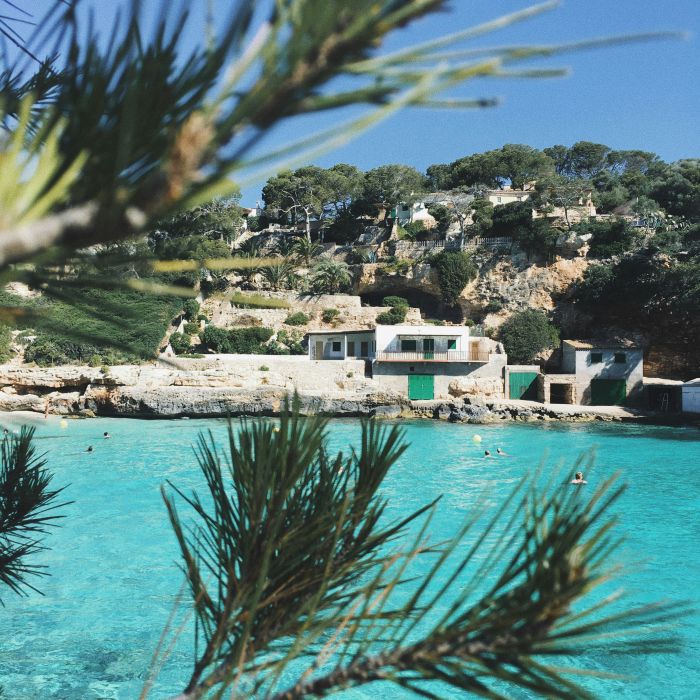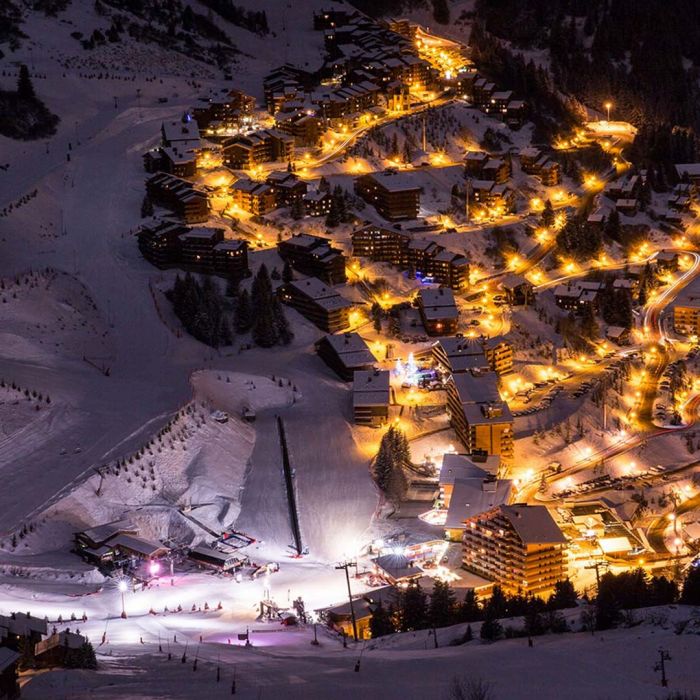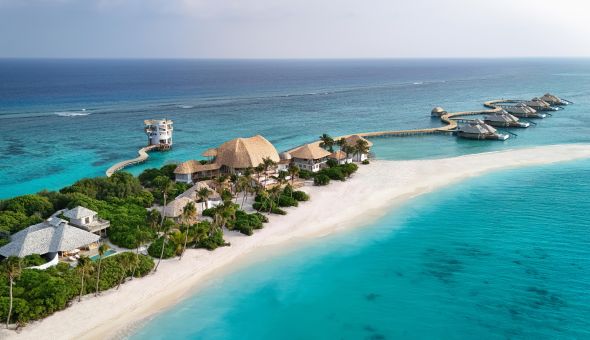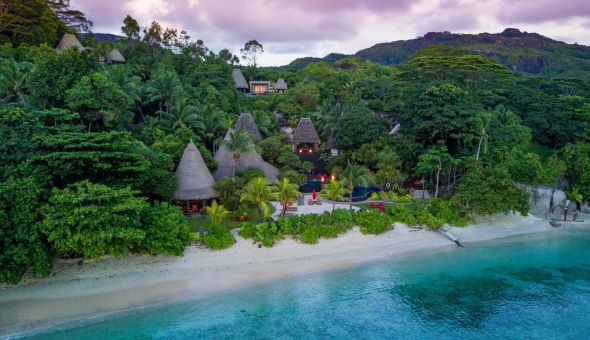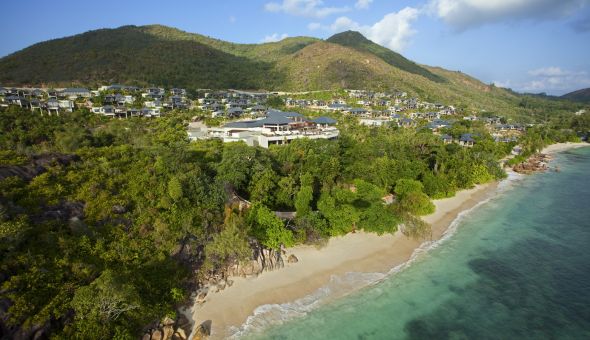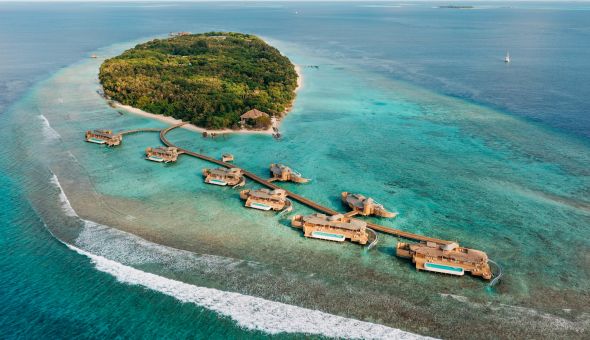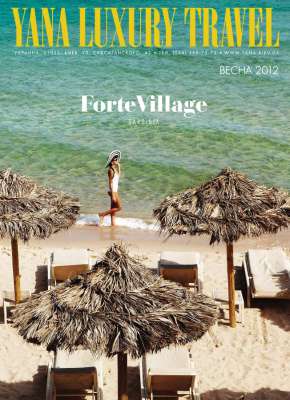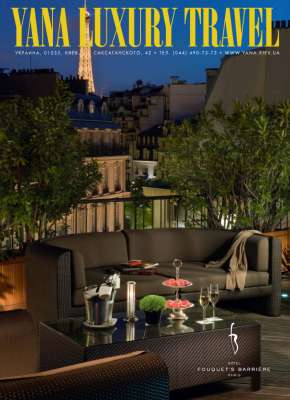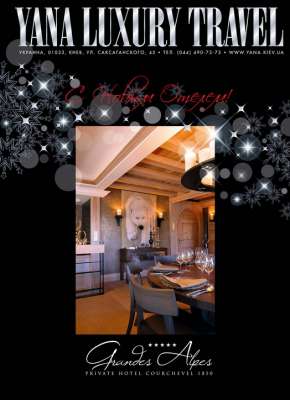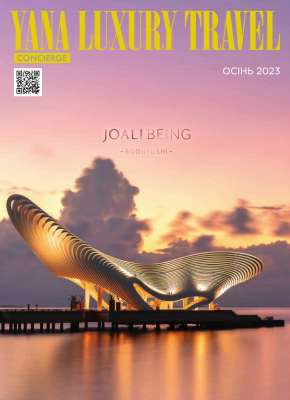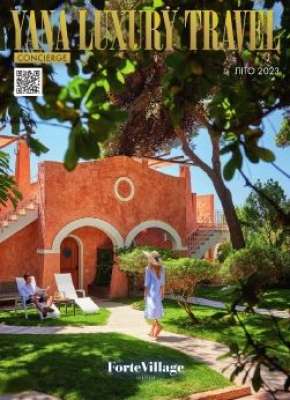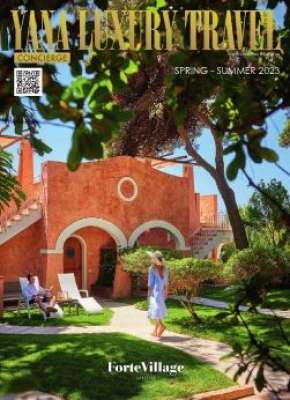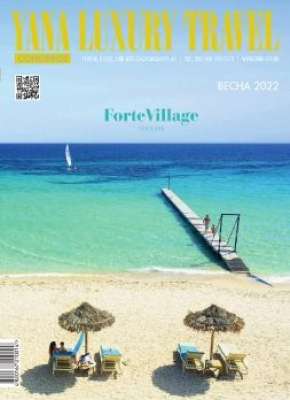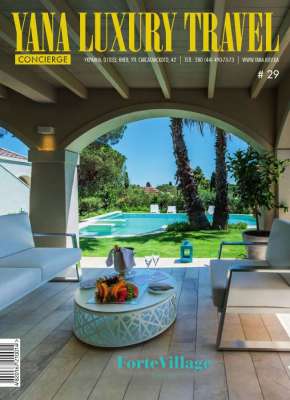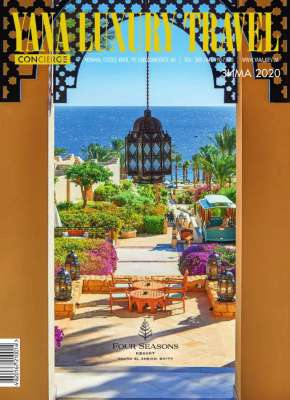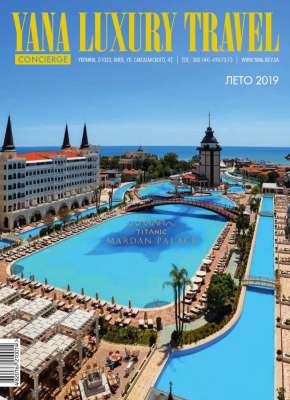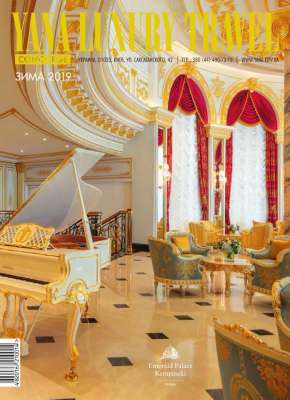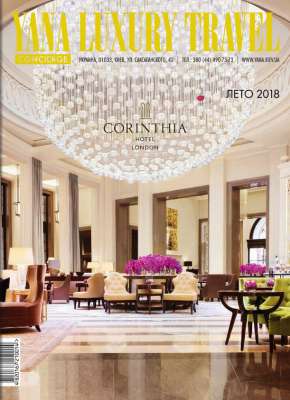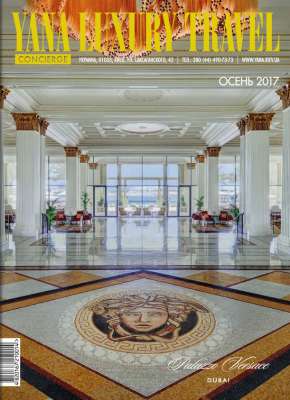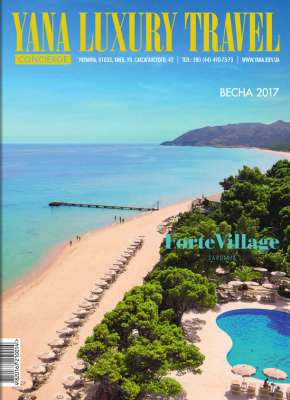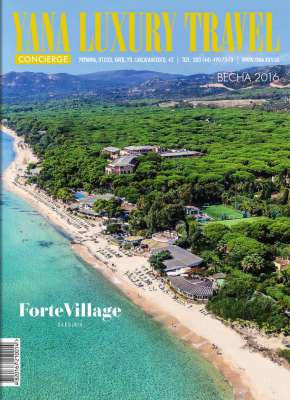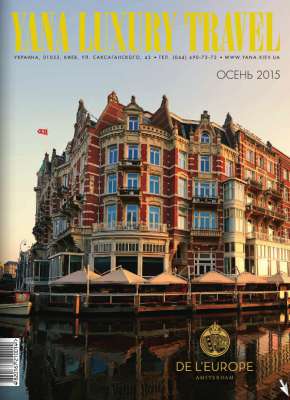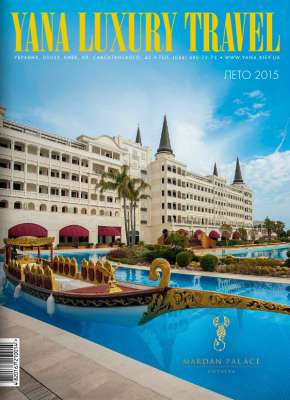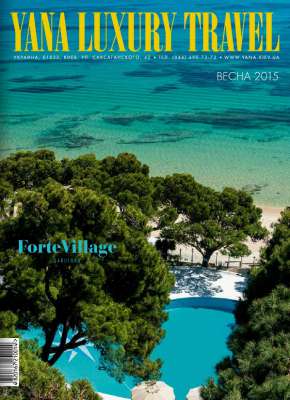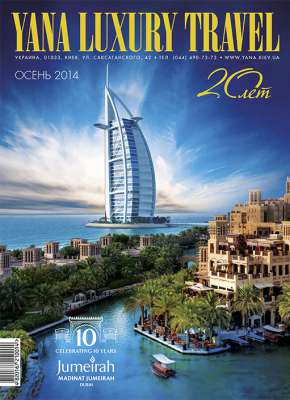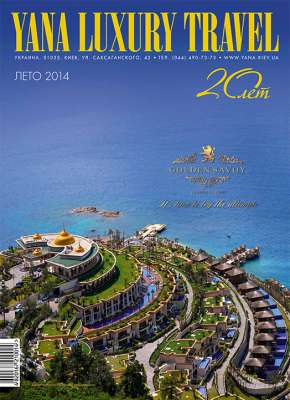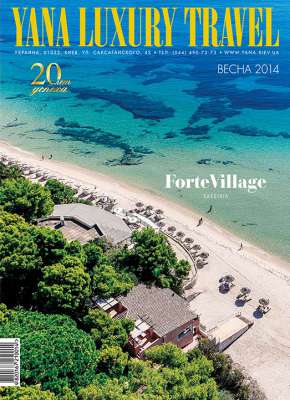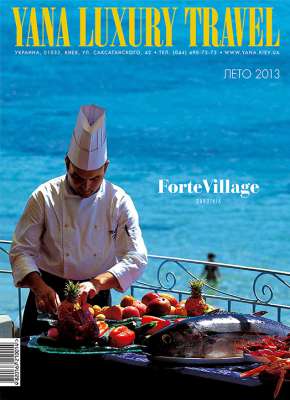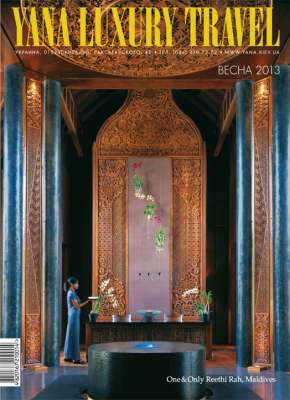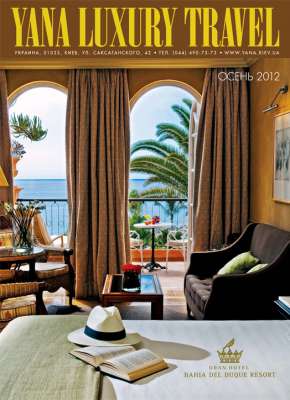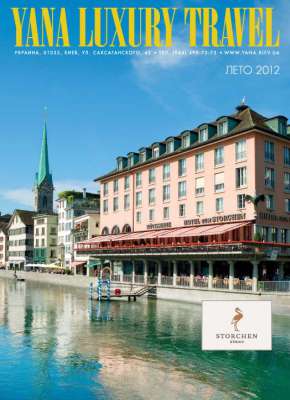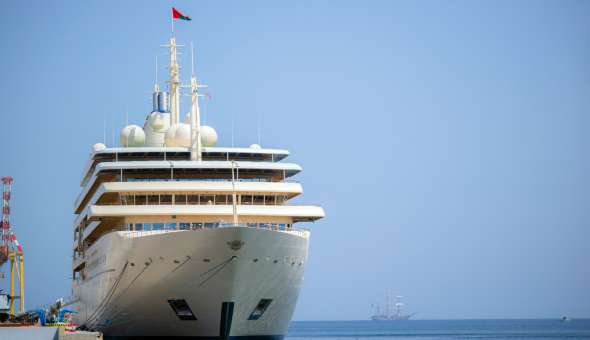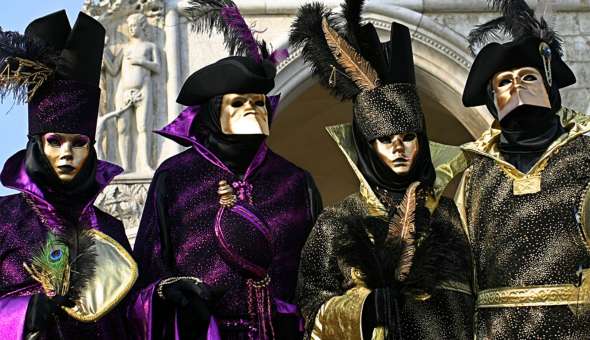Ексклюзивні тури від Yana Luxury Travel






Ми багато років є корпоративним клієнтом Yana Luxury Travel, і стали не лише бізнес-партнерами, а й вже добрими друзями. Ми можемо довірити Яні найсміливіші і найскладніші подорожі, не турбуючись про результат. Співробітники компанії передбачать усі деталі та подарують вам справжній феєрверк емоцій!
Об'їздила з Яною вже півсвіту. І де б я не була – екзотичні острови, екстремальна подорож, історичний тур, вікенд у Європі – це завжди бездоганно. Будьте здорові і даруйте нам радість подорожей ще багато років!
Нещодавно познайомився з компанією Yana Luxury Travel і відразу зрозумів, що тут працюють справжні майстри. Менеджери організували для нас уже кілька подорожей, і щоразу потрапляють у крапку! Повірте, нам є з чим порівнювати. Тепер ми з Яною надовго!
Об'їздили із Yana Luxury Travel майже всю Африку. Бачили велику міграцію з кабіни вертольота, зустрічали світанок на повітряній кулі над Соссусфлей, літали над водоспадом Вікторія, дегустували вино та бачили хід сардин у ПАР, пірнали на Мозамбіку. І завжди нам підберуть бездоганні лоджі, все організують пунктуально і чітко, завжди на зв'язку. Саме тому подорожуємо, особливо в далекі країни, лише з Yana Luxury Travel, щоб із гарантією.
Їздили з Яна Тревел у весільну подорож Азією. Порадили новий острівний готель в Індонезії, були дуже задоволені. Шикарний сервіс, трансфер, природа! Найкращий відпочинок у світі!
Дякую компанії YANA Luxury Travel за бездоганну організацію відпочинку на Мальдівах. Готелі були підібрані відповідно до всіх наших переваг. Ми чудово провели час, ні про що не замислюючись. Усі наші побажання передбачалися і виконувались. Ще раз переконалися, що не дарма стільки років довіряємо свої подорожі YANA Luxury Travel. І всім рекомендуємо!
Ми багато років є корпоративним клієнтом Yana Luxury Travel, і стали не лише бізнес-партнерами, а й вже добрими друзями. Ми можемо довірити Яні найсміливіші і найскладніші подорожі, не турбуючись про результат. Співробітники компанії передбачать усі деталі та подарують вам справжній феєрверк емоцій!
Об'їздила з Яною вже півсвіту. І де б я не була – екзотичні острови, екстремальна подорож, історичний тур, вікенд у Європі – це завжди бездоганно. Будьте здорові і даруйте нам радість подорожей ще багато років!
Нещодавно познайомився з компанією Yana Luxury Travel і відразу зрозумів, що тут працюють справжні майстри. Менеджери організували для нас уже кілька подорожей, і щоразу потрапляють у крапку! Повірте, нам є з чим порівнювати. Тепер ми з Яною надовго!
Об'їздили із Yana Luxury Travel майже всю Африку. Бачили велику міграцію з кабіни вертольота, зустрічали світанок на повітряній кулі над Соссусфлей, літали над водоспадом Вікторія, дегустували вино та бачили хід сардин у ПАР, пірнали на Мозамбіку. І завжди нам підберуть бездоганні лоджі, все організують пунктуально і чітко, завжди на зв'язку. Саме тому подорожуємо, особливо в далекі країни, лише з Yana Luxury Travel, щоб із гарантією.
Їздили з Яна Тревел у весільну подорож Азією. Порадили новий острівний готель в Індонезії, були дуже задоволені. Шикарний сервіс, трансфер, природа! Найкращий відпочинок у світі!
Дякую компанії YANA Luxury Travel за бездоганну організацію відпочинку на Мальдівах. Готелі були підібрані відповідно до всіх наших переваг. Ми чудово провели час, ні про що не замислюючись. Усі наші побажання передбачалися і виконувались. Ще раз переконалися, що не дарма стільки років довіряємо свої подорожі YANA Luxury Travel. І всім рекомендуємо!
ЕЛІТНИЙ ВІДПОЧИНОК ВІД YANA LUXURY TRAVEL
Yana Luxury Travel є одним із лідерів у сфері подорожей преміум класу. Якщо ви бажаєте відправитися в незабутній вояж, відвідати найкращі курорти світу, відпочивати в найдорожчих та вишуканих готелях будь-якої країни, тоді довірте свій відпочинок нам і ми обов'язково підберемо для вас найкращий варіант для сімейного, індивідуального, корпоративного чи бізнес-туризму. Ви зможете насолодитися всіма перевагами luxury-відпочинку, захоплюючись красою екзотичної природи, величчю міст, пишнотою пляжів, мальовничістю засніжених гір і найвищим рівнем обслуговування. Всі клопоти з організації вашого відпочинку ми візьмемо на себе. Вам досить просто
Yana travel company спеціалізується на діловому віп туризмі, елітних подорожах та ексклюзивному корпоративному відпочинку. Ми готові втілювати у життя будь-які примхи та мрії, побажання та надії.
Завдяки Yana Luxury Travel ваш VIP відпочинок стане періодом райських вражень, де кожна деталь буде бездоганною та надихаючою.
Діловий туризм. Ми надаємо своїм клієнтам послуги з організації ділових поїздок до будь-якої країни, враховуючи всі побажання клієнта та підбираючи ідеальний віп тур. Ми передбачаємо всі деталі та нюанси, щоб ваше відрядження стало не тільки комфортним проведенням часу, але й незабутньою подорожжю. Якщо ви запланували ділову поїздку, у нас ви можете забронювати та купити авіаквитки в будь-яку точку світу, а щоб заощадити час фахівці турфірми Yana Luxury Travel нададуть детальну консультацію по телефону або під час особистої зустрічі.
Сімейний відпочинок. Для клієнтів, які бажають придбати сімейний VIP тур, у нас є ряд ексклюзивних пропозицій преміум класу. Ми подбаємо про те, щоб кожен член вашої сім'ї залишився задоволений та задоволений відпочинком, починаючи від перельоту, закінчуючи обслуговуванням, харчуванням та атмосферою.
Індивідуальні тури Тур віп-класу від компанії Yana Luxury Travel - це унікальна можливість провести найкращий відпочинок у своєму житті. Наша компанія подбає про бронювання готелю, авіаквитки, VIP-місцях у кращих театрах та на концертах по всьому світу.
Ви хочете провести романтичний уїк-енд або побути наодинці з собою, насолоджуючись звуками океану? Або можливо ви вирішили відправитися з подругою в круїз або на сафарі. Ми підберемо для вас ідеальний ексклюзивний тур у будь-який куточок світу, щоб ви отримали задоволення від кожної секунди незабутньої подорожі.
Команда професіоналів Yana Luxury Travel візьметься за організацію вашого унікального люкс відпочинку. Ми заощадимо ваш час та підберемо найкращий тур преміум класу для vip-персон. Реалізуємо будь-яку туристичну мрію з урахуванням індивідуальних побажань кожного клієнта швидко, якісно та професійно.
Компанія YANA LUXURY TRAVEL
буде рада бачити Вас серед
наших клієнтів!


